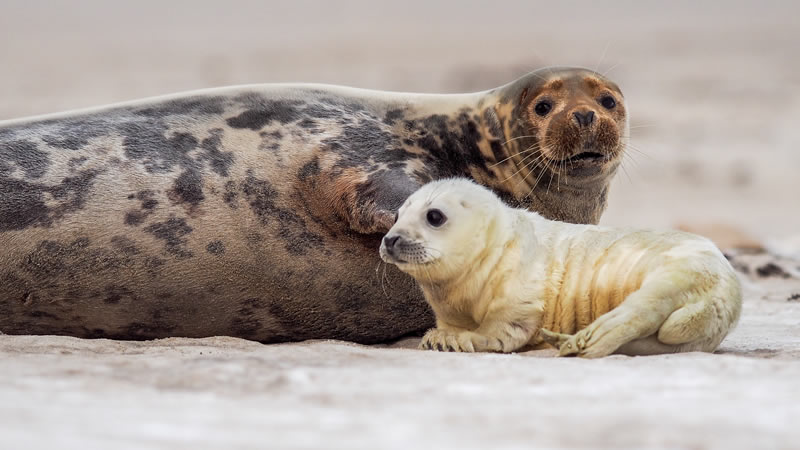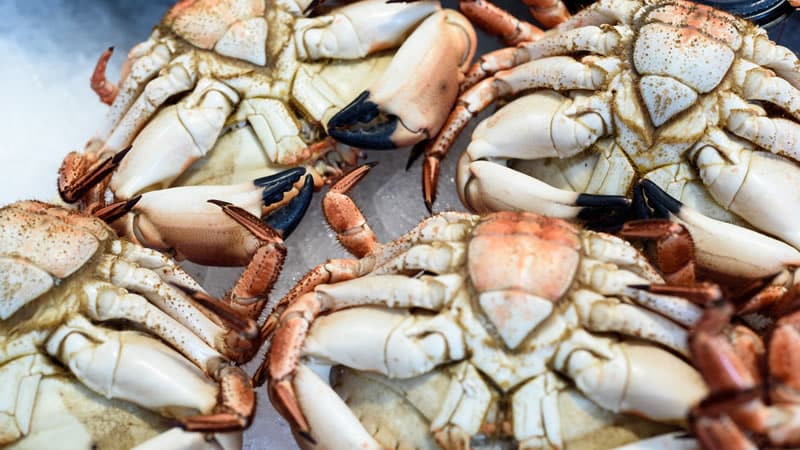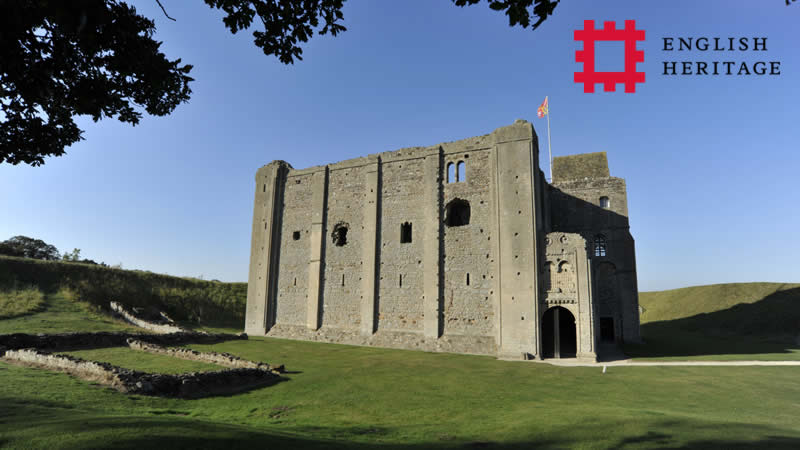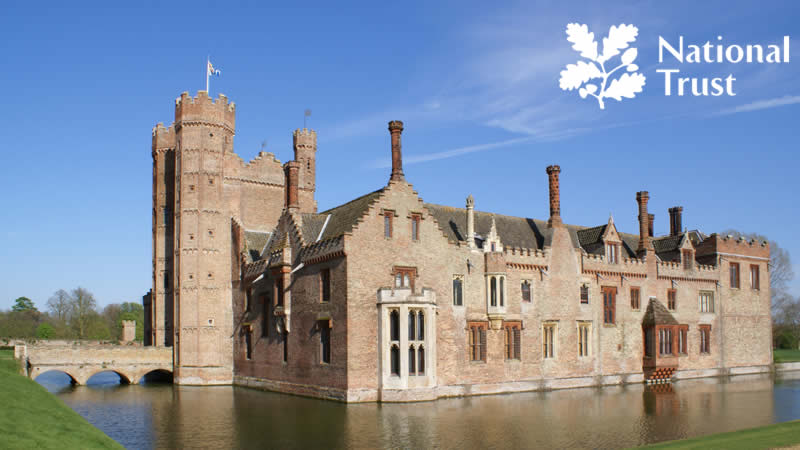See the Swallowtail Butterfly in Norfolk
Published date: October 2018

The Swallowtail Butterfly, Papilio Machaon Britannicus is a large, strong and colourful butterfly that forms part of the Papilionidae family. The largest native UK butterfly, with a wingspan of up to 9cm, it is also one of the rarest. The Swallowtail Butterfly has very distinctive yellow and black markings and if you are lucky enough to spot one in flight, it’s a beautiful sight to behold.
The caterpillars start off resembling black and white bird droppings, but soon become bright green plump caterpillars with black bands and orange spots on their bodies. Differing from all other butterflies in a number of anatomical traits, the most notable being their caterpillars possess a unique organ behind their heads, called the osmeterium. This forked structure is everted when the caterpillar feels threatened, and emits smelly secretions containing terpenes - sometimes likened to the smell of rotting pineapple.
The Swallowtail butterfly gets its name from the tail-like extension on its hindwings, like the forked tail of a swallow. The butterfly’s swallow-like tail plays an important role in its survival, by mimicking antennae. These, along with two red and blue false eyes confuse predators into thinking it is far more dangerous, with glaring eyes, than just a butterfly.
During the 20th century, fenland management ceased and much of the Swallowtail Butterflies’ habitat was lost. After careful management of the fenland, where reed and sedge are cut to allow other plants to grow, the Swallowtail now successfully breed in Norfolk. With this continued fenland management, it is hoped that the Swallowtail Butterfly’s future looks brighter.
Today the Swallowtail Butterfly can only be found on the Norfolk Broads, selecting sites with a vigorous growth of milk parsley, where it lays its eggs singularly on the larval foodplant. The eggs hatch within a few weeks and the caterpillars feed on the milk parsley, the sole food plant of the caterpillar in Norfolk. RSPB Strumpshaw Fen, Norfolk Wildlife Trust’s Hickling Broad and Ranworth Broad and How Hill nature reserve are four places where you should be able to spot the Swallowtail Butterfly at the right time. Early morning on a windless day - generally from late May through to mid July and if there is a second brood, from mid-August through to September.
The adult butterflies feed on flowers during the early morning and late evening and are especially attracted to ragged robin and thistles as well as other flowering plants. The larvae pupate within a few weeks and normally remain in this state throughout the winter, emerging as adult butterflies the following spring.
For those who are interested in exploring the Norfolk Broads in search of the Swallowtail Butterfly, the following holiday in June 2019 may be of interest. Led by Norfolk born Patrick Barkham, author of The Butterfly Isles and natural history writer for The Guardian, you will be able to spend time observing and photographing the British Swallowtail in its only natural habitat in the country. The holiday includes a trip on the Electric ‘Swallowtail Safari’ boat on one of the Broads, an entertaining evening talk “The Wonders of Butterflies”, visits to numerous nature reserves and broads and much more.
To find out more, use the following link:
http://greenwings.co/our-holidays/butterfly-holidays/swallowtail-weekend-norfolk/

Norfolk Holidays

Ancient House

Broadland Cycle Hire

Houghton Hall

Visit the Grey Seals at Horsey, Norfolk

Redwings Horse Sanctuary

30 things not to miss when visiting North Norfolk

Don't Miss Norfolk and Norwich Restaurant Week 2018

The Famous Cromer Crab

Camping in Norfolk - Some of the best campsites in the region

Gardens to Visit in Norfolk

A timeline of Norwich

Snettisham Park
Cromer Pier




